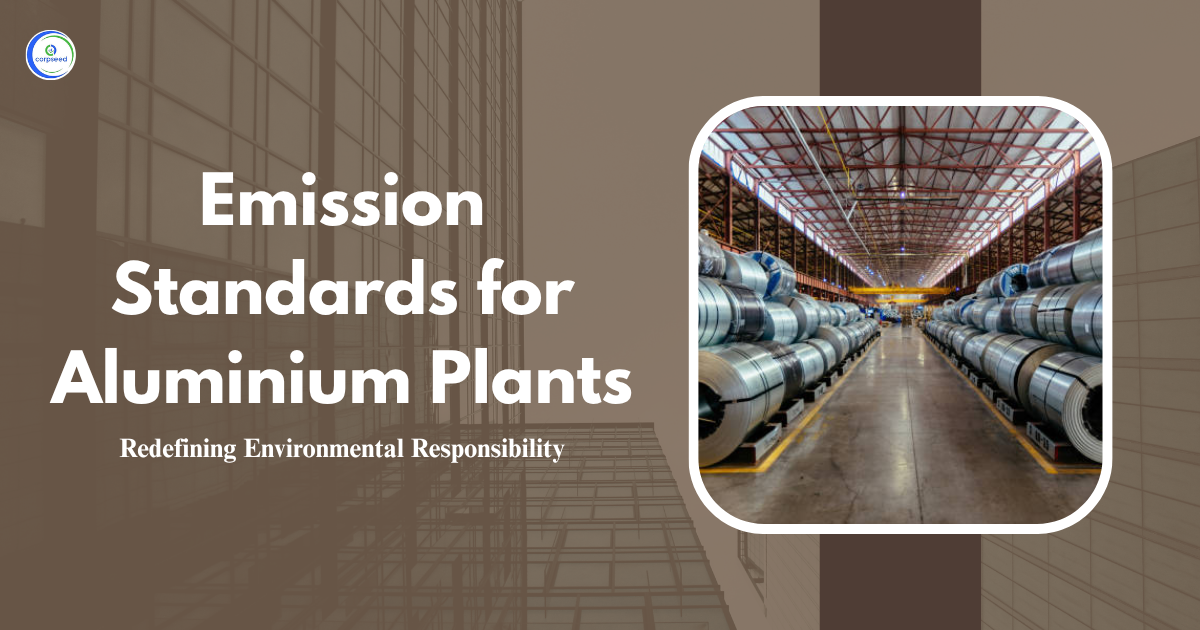The petrochemical industry, mainly the primary and intermediate sector, plays an important role in the manufacture of important chemicals used in numerous industries. However, production processes in this sector produce significant environmental pollutants, making it necessary to regulate emissions and emissions through stringent standards.
Table of Contents
Understanding the Environment (Protection) Rules, 1986
The Environment (Protection) Rules, 1986, made under the Environment (Protection) Act, 1986, provide a legal framework to control pollution across all industries in India. These rules enable the central government to identify emission and discharge standards, confirming that industries function within safe environmental limits.
Petrochemical industries, predominantly those generating basic and intermediate chemicals, are covered under these rules with particular parameters for air emissions, wastewater emissions, and fugitive emissions. These standards aim to control the discharge of harmful pollutants such as volatile organic compounds (VOCs), particulate matter (PM), biochemical oxygen demand (BOD), chemical oxygen demand (COD) and other controlled hazardous substances in the environment.
The Central Pollution Control Board (CPCB) supervises the formulation and implementation of these standards, while the respective State Pollution Control Boards (SPCBs) monitor enactment at the local level. Together, these bodies ensure that the petrochemical sector comply with national pollution control policies that reduce environmental risks.
Environment Pollutants from Petrochemicals (Basic & Intermediates)
The production of petrochemicals includes complex chemical reactions, extraction, and storage processes that release various pollutants. The key environmental pollutants in this sector include:
- Volatile Organic Compounds (VOCs): These are discharged during chemical reactions, storage and handling of liquid hydrocarbons. VOCs contribute to the formation of smog and can cause serious health problems.
- Particulate Matter (PM): Produced from the combustion process and solid waste handling particulate matter mitigates air quality and poses respiratory health risks.
- Effluents with High BOD and COD: Wastewater from petrochemical processes often comprises organic compounds, solvents, and chemicals that rise BOD and COD levels, resulting in oxygen depletion in aquatic reservoirs.
- Fugitive Emissions: Leakage from storage tanks, pipelines, and valves results in the leakage of hydrocarbons and VOCs, which can be injurious to both the environment and health.
- Hazardous Waste: Solid waste and liquid waste comprising heavy metals and toxic chemicals, if not properly managed, poses an immense risk of contaminating soil and groundwater.
--------------Blog Contact Form-------------
Benefits of Emission Standards for the Petrochemical Industry
Enforcing emissions and emissions standards in the petrochemical sector is crucial not only for environmental protection but also for operational proficiency and business sustainability. Some key benefits include:
- Protects Public Health and Environment: Emission standards minimize exposure to harmful pollutants like VOCs and particulate matter, protecting the health of workers and communities living near petrochemical plants.
- Prevents Water Pollution: Strict limits on effluent discharge help maintain water quality by controlling the discharge of toxic chemicals and minimizing BOD and COD levels in wastewater.
- Enhances Resource Efficiency: Compliance with pollution standards promotes better management of resources, minimizing wastage of raw materials, energy and water in petrochemical processes.
- Reduces Regulatory Risks: Following the standards set by the CPCB and SPCBs ensures legal compliance, reducing the risks of being fines, penalties, or shutdown due to environmental violations.
- Supports Corporate Social Responsibility and Reputation: Adherence to environmental standards determines a company’s commitment to sustainability, which positively effects investor relations, market reputation, and customer trust.
Petrochemicals (Basic & Intermediates) Emission Standards
The Environment (Protection) Fourth Amendment Rules, 2012 introduced specific amendments under the Environment (Protection) Rules, 1986 to reduce emissions and discharges from the petrochemical sector, especially for basic and intermediate chemicals. These standards address:
- Effluent Quality: The discharge of wastewater must fulfill prescribed limits for parameters such as pH, BOD, COD, oil and grease, total suspended solids (TSS), and hazardous chemicals.
- Air Emission Limits: Emissions of particulate matter, sulfur oxides (SOx), nitrogen oxides (NOx), and VOCs must not exceed stated concentration levels.
- Fugitive Emission Controls: Storage tanks containing volatile liquids must be equipped with control mechanisms such as internal or external floating roofs, vapour recovery systems, and double seals. These systems ensure vapour loss is reduced and vapours are either recovered or destroyed efficiently.
- Storage Tank Specifications:
- Tanks with capacity between 4 to 75 m3 should have vapour balancing or control systems based on their vapour pressure.
- Tanks between 75 to 500 m3 and higher vapour pressure must have internal or external floating roofs or fixed roofs with vapour control.
- Tanks above 500 m3 capacity must comply with more stringent vapour control efficiency requirements.
- Specific Controls for Benzene, Vinyl Chloride Monomer (VCM), and ACM: These hazardous chemicals require additional safeguards such as incineration of vapours with at least 99.9% removal efficiency or nitrogen blanketing between fixed and floating roofs to prevent fugitive emissions.
| Industry | Parameter | Standards | |||||
| "(Furnace, Boiler, Heater, Vaporiser) | B. Emission from Chimney/ Stack | ||||||
| Limiting concentration in mg/ Nm3 , unless stated | |||||||
| Fuel Type | Existing Plants | New Plants/ Expansion of Existing Plant | |||||
| Sulphur Dioxide (SO2 | Gas | 50 | 50 | ||||
| Liquid | 1700 | 850 | |||||
| Oxides of Nitrogen (NOx) | Gas | 350 | 250 | ||||
| Liquid | 450 | 350 | |||||
| Particulate Matter (PM) | Gas | 10 | 05 | ||||
| Liquid | 100 | 50 | |||||
| Carbon Monoxide (CO) | Gas | 150 | 100 | ||||
| Liquid | 200 | 150 | |||||
| Note: (i) All values shall be corrected to 3% Oxygen. I (ii) Wet scrubber shall necessarily be operated at the time of decoking. (iii) Norms for CO shall be monitored only in case of Phthalic Anhydride I (PA), Maleic Anhydride (MA), Terephthalic Acid (PTA) and Dimethyl Terephalate (DMT) Plants. Norms for CO emissions shall not be applicable to PA/ MA manufacturing standalone existing piants with an installed capacity of less than 30,000 metric tonnes per annum, provided that such units have a I i chimney/stack of minimum 30 metres height for emitting Carbon Monoxide. |
|||||||
| Process Emission (Specific Pollutant) | |||||||
| Source | Limiting concentration in mg/ Nm3 | ||||||
| Exiting Plants | New Plants | ||||||
| Chlorine | EDCNCM Plant and Incinerator | 10 | |||||
| Hydrochloric Acid Mist | EDCNCM Plant and Incinerator | 30 | 30 | ||||
| Ammonia | Wastewater stripper, acrylonitrile plant, caprolactum plant | 75 | 75 | ||||
| Hydrogen Sulphide | Naphtha pre-treatment plant, olefin plant | 05 | 05 | ||||
| Phosgene | (TDI) and (MDI) plant | 01 | 01 | ||||
| Hydrogen Cyanide(HCNl | Acrylonitrile plant | 10 | 10 | ||||
| VOC (HAPs)- TDI and MDI | TDI, Methylenediphenyl Di-isocyante (MDI) Plants | 0.1 | 0.1 | ||||
| VOC (HAPs), Benzene and Butadiene | Benzene, Butadiene Plants | 5.0 | 5.0 | ||||
| VOC (HAPs), EO, VCM, EDC, ACN and PO | EO, VCM, EDC, ACN, PO Plants | 20.0 | 10.0 | ||||
| Organic Particulate PA, MA and TDI Plants | PA, MA and TDI Plants | 50 | 25 | ||||
| Process Emission (General Pollutant) | |||||||
| Source | Limiting concentration in mg/Nm3 | ||||||
| VOC (MA, PA and Phenol) | MA, PA, Phenol Plants | 20 | |||||
| VOC (EB, Styrene, Toluene, Xylene, Aromatics, EG and PG) | Ethyl benzene (EB), Styrene, Toluene, Xylene, Aromatics, EG, PG Plants | 100 | |||||
| VOC (paraffin, Acetone and Olefins) | Non-methane, HC (paraffin), Acetone, Olefins Plants | 150 | |||||
- In Schedule VI, in Part D relating to General Standards, in the entries under item III relating to Load/Mass based Standards, after serial number 8 relating to 'Glass Industry' and entries relating thereto, the following serial number and entries shall be inserted, namely :-
| S. No. | Industry | Parameter | Standard | |
| "9 | Petrochemicals (Basic and Intermediates) | Source | Quantum limit in gm/hour for New/ Expansion Plants (gm/ hr) | |
| Organic Particulate | Phthalic anhydride (PA), Maleic anhydride (MA), Toluene Di-isocyanate (TDI) plants. process emission | 100 | ||
| VOC-HAPs (TDI +MDI) | (Toluene Di-isocyate) TDI, Methylenediphenyl Diisocyante (MDI) PlantsProcess emission | 0.5 | ||
| VOC-HAPs (Benzene + Butadiene) | Benzene, Butadiene Plants - Process emission | 25.0 | ||
| VOC-HAPs (EO, VCM, EDC, ACN + PO) | EO, VCM, EDC, ACN, PO Plants - Process emission | 50.0 | ||
These standards promote the adoption of advanced technologies for pollution control and encourage regular inspection and maintenance of equipment, as recommended by industry guidelines such as API RP 575 for tank inspections.
Monitoring and Reporting
Regular monitoring and reporting is essential to ensure that petrochemical plants comply with emissions and discharge standards. The Central Pollution Control Board (CPCB) may also conduct audits and site visits to validate compliance with standards and recommend corrective measures. The monitoring process includes:
- Air Quality Monitoring: Constant or periodic measurement of particulate matter, VOCs, SOx, NOx, and other gaseous pollutants emitted from process stacks and fugitive sources.
- Effluent Sampling: Regular testing of wastewater for pH, BOD, COD, TSS, oil and grease, and other contaminants before discharge into water reservoirs or sewage systems.
- Fugitive Emission Inspection: Semi-annual inspection of storage tanks and seals to detect leaks and ensure control systems operate efficiently.
- Maintenance and Repairs: Scheduled maintenance of pollution control devices and quick repairs of any leakages or faults detected during inspections.
- Documentation and Reporting: Plants should keep detailed records of monitoring results, inspection reports, maintenance activities, and corrective actions. These reports are submitted to the respective State Pollution Control Board (SPCB) as part of the compliance requirements.
Conclusion
The petrochemical industry, especially the basic and intermediate sector, faces significant challenges in controlling environmental pollution due to the nature of its work. However, implementation of stringent emissions and emission standards under the Environment (Protection) Rules, 1986 plays a significant role in reducing these impacts.
By following the guidelines set by the CPCB and SPCBs, petrochemical companies can efficiently minimize harmful pollution, safeguard the environment, and ensure the safety of workers and the community and enhance operational efficiencies. The focus on controlling elusive emissions, waste quality, and air pollution promotes sustainable industrial growth and aligns with national environmental goals.
Ultimately, compliance with these standards not only fulfills legal obligations but also fortifies the industry’s commitment to responsible and environmentally friendly production, ensuring a healthier environment.
This portion of the site is for informational purposes only. The content is not legal advice. The statements and opinions are the expression of author, not corpseed, and have not been evaluated by corpseed for accuracy, completeness, or changes in the law.
BOOK A FREE CONSULTATION
Get help from an experienced legal adviser. Schedule your consultation at a time that works for you and it's absolutely FREE.
_Corpseed.webp)

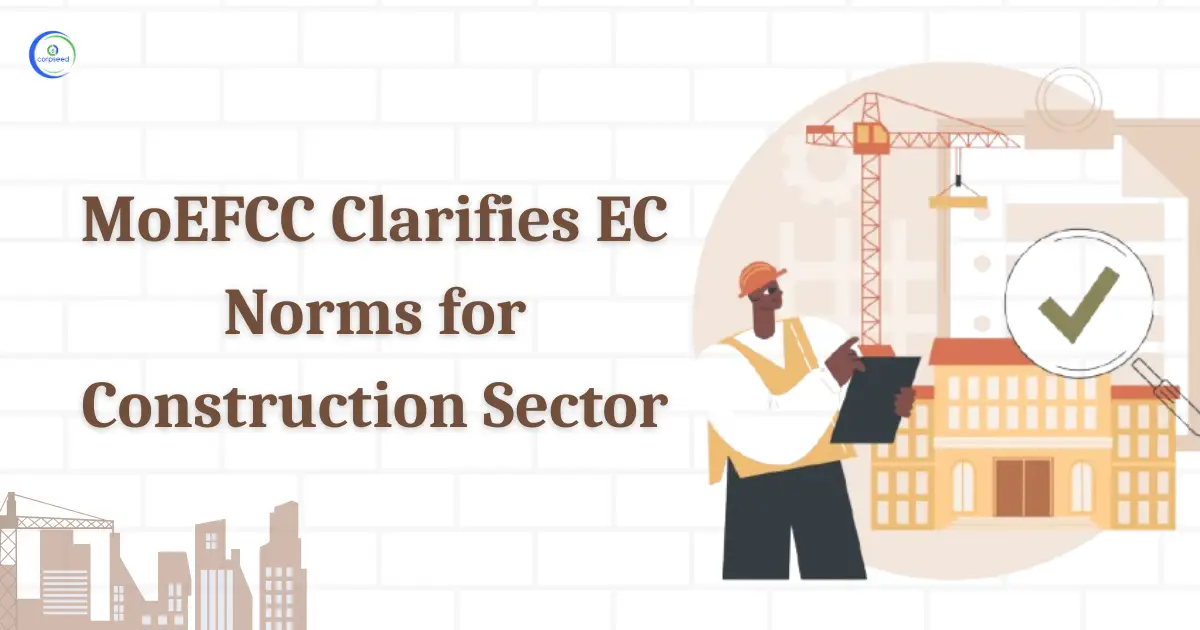
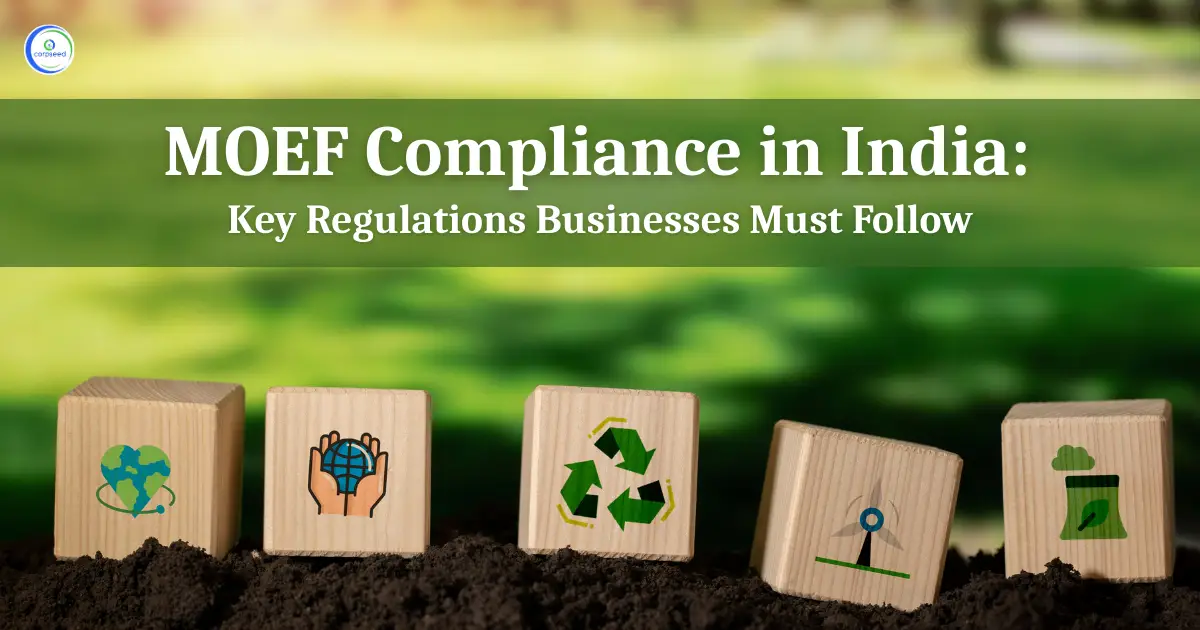
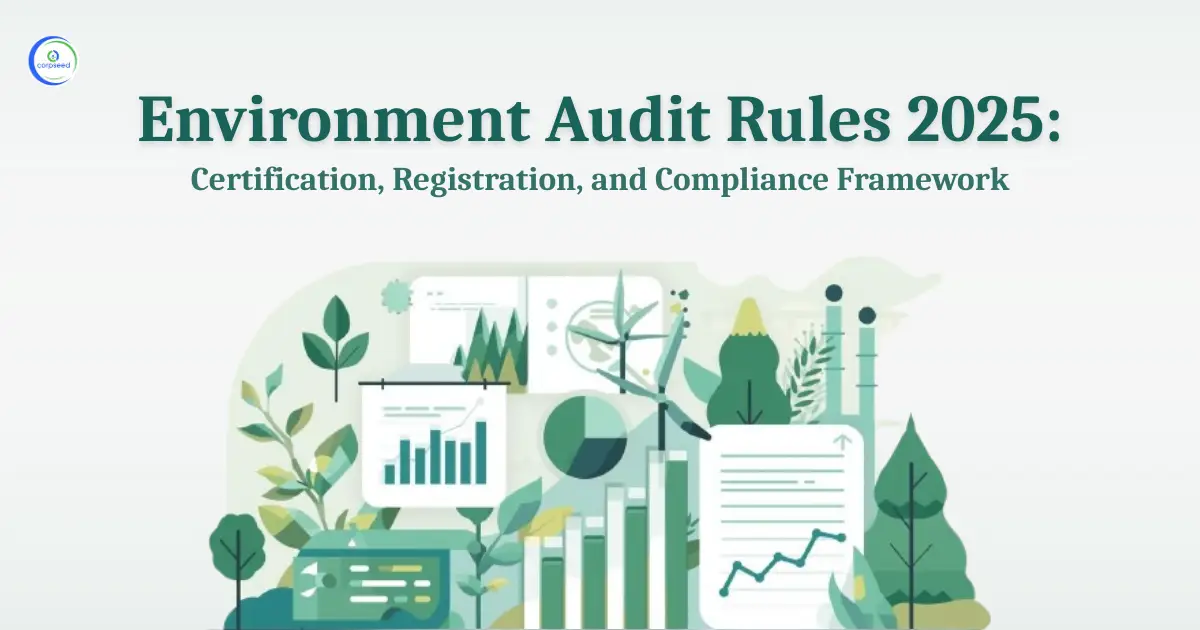
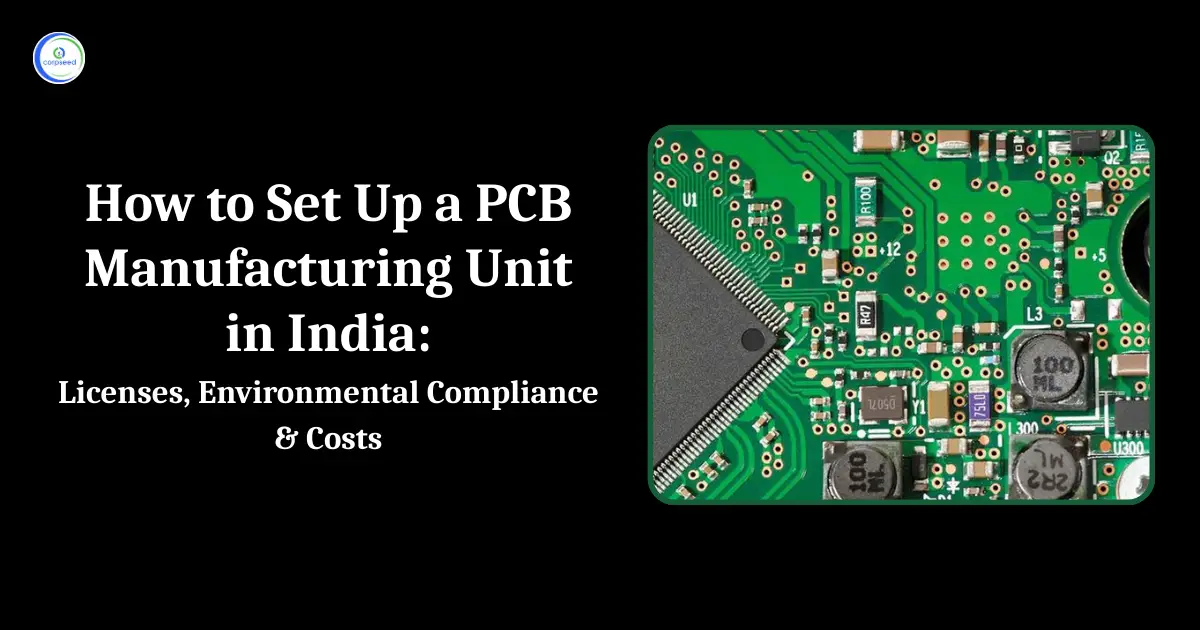
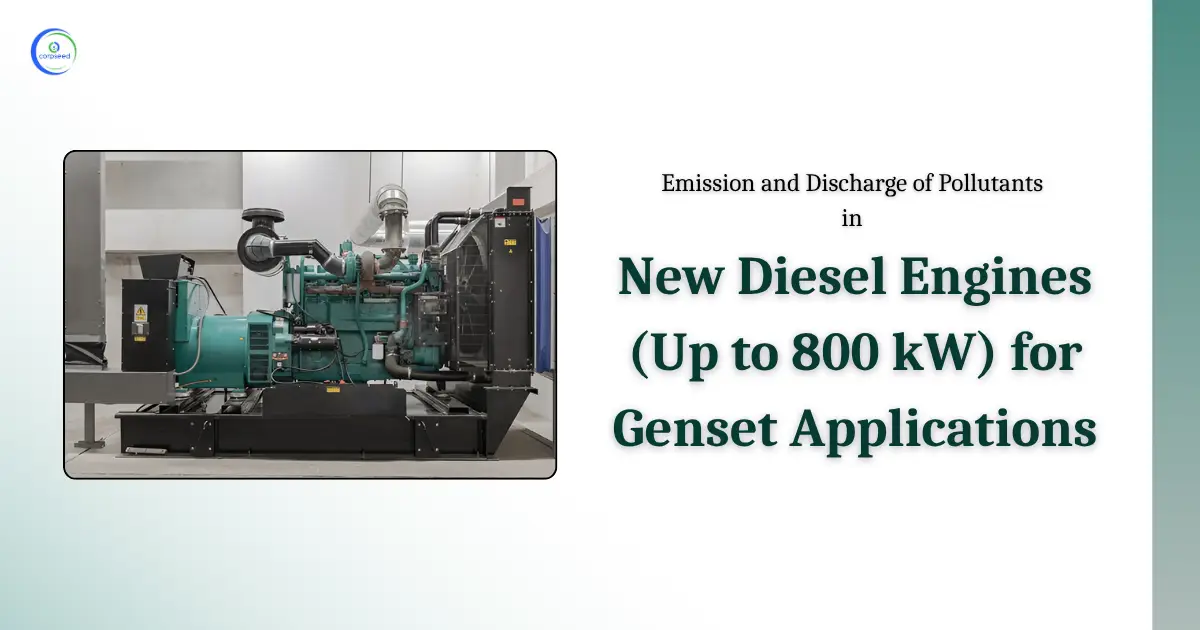
_Corpseed.webp)
.webp)
